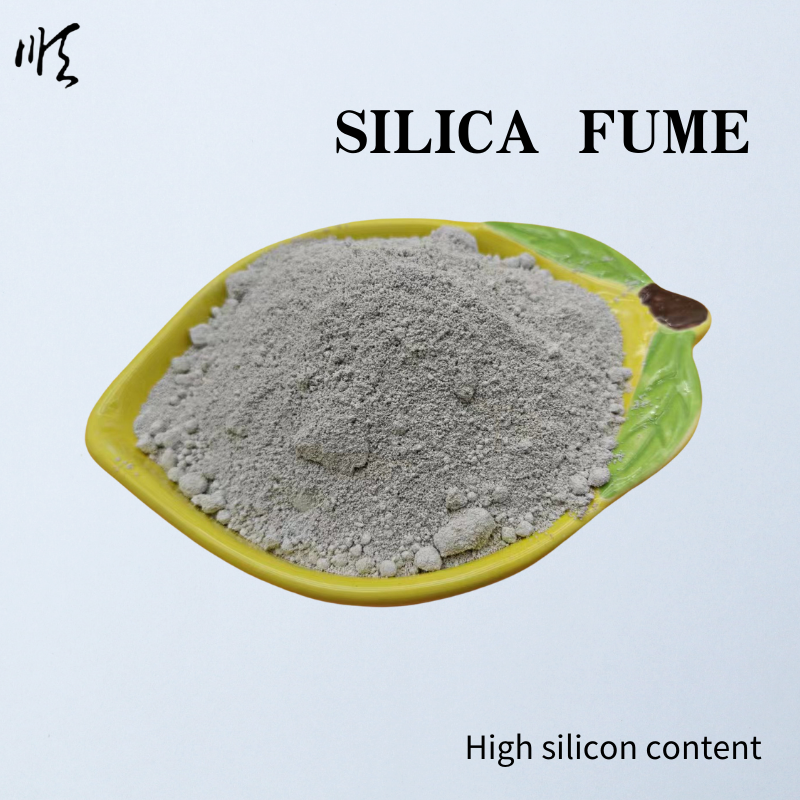
types of black volcanic rock
Types of Black Volcanic Rock
Volcanic rocks are a fascinating product of the Earth's geology, resulting from the solidification of lava and the various processes associated with volcanic activity. Among the diverse range of volcanic rocks, black volcanic rocks are particularly intriguing. These striking rocks not only offer insights into volcanic activity but also possess unique physical and chemical properties that make them valuable in various applications. In this article, we will explore different types of black volcanic rock, their formation processes, and their uses.
1. Basalt
Basalt is perhaps the most common type of black volcanic rock. Formed from the rapid cooling of low-viscosity basaltic lava, this rock is rich in iron and magnesium, giving it a dark appearance. Basalt is typically found in regions with extensive volcanic activity, such as mid-ocean ridges and hotspot volcanoes. Its fine-grained texture is due to the quick cooling, which doesn't allow large crystals to form. Basalt has numerous uses, from construction materials to road base, decorative stone, and even in the manufacturing of concrete.
2. Obsidian
Obsidian is another striking black volcanic rock, known for its glassy appearance and sharp edges. It forms when lava cools quickly, preventing the crystallization of minerals, which results in a natural glass. Obsidian can range in color from deep black to shades of green or brown, depending on the presence of impurities. Historically, it has been used for making tools and weapons due to its ability to be sharpened to a fine edge. Today, obsidian is often used in ornamental jewelry and as a decorative stone in landscaping.
3. Pumice
types of black volcanic rock

Though pumice is not entirely black, it can appear in dark shades due to its volcanic origin. Pumice is formed when gas-rich lava erupts and cools rapidly, solidifying into a porous structure filled with tiny gas bubbles. This lightweight volcanic rock is often used as an abrasive in beauty products and cleaning agents, as well as in horticulture to improve soil aeration. Pumice's ability to float on water makes it unique among rocks and illustrates the fascinating results of volcanic processes.
4. Scoria
Scoria is another type of black volcanic rock characterized by its vesicular texture, featuring numerous gas bubbles that give it a lightweight quality. Scoria typically forms from the eruption of basaltic lava. As the lava erupts, gases escape, creating a rocky mass filled with holes. The dark color of scoria makes it an attractive material for landscaping, providing texture and contrast in garden designs. It is also used in various construction applications, especially in lightweight concrete blocks.
5. Volcanic Ash
While not a rock in a traditional sense, volcanic ash is an integral part of the family of volcanic materials. When a volcano erupts explosively, it can eject fine particles of ash high into the atmosphere. This ash can be black in color and composed of tiny fragments of volcanic glass, minerals, and other materials. Volcanic ash can have significant impacts on the environment, leading to fertile soils that support agriculture. It is also used in construction and has applications in various industries due to its pozzolanic properties, which can enhance cement mixtures.
Conclusion
Black volcanic rocks are not only essential in understanding the processes behind volcanic activity but also serve numerous practical applications in our daily lives. From the robust and widely-used basalt to the strikingly beautiful obsidian, each type of black volcanic rock offers unique characteristics and benefits. By studying these rocks, we can gain valuable insights into the dynamics of our planet, appreciate the beauty of natural materials, and utilize their properties in various industries. The world of volcanic rocks is a testament to nature's power and creativity, reminding us of the dynamic processes that shape our Earth.
Share
-
Premium Resin Coated Sand - High Heat Resistance CastingNewsJul.31,2025
-
High Quality Silicon Carbide Grit for Abrasive ApplicationsNewsJul.30,2025
-
High-Quality Ceramsite for Plants & Gardening | Lightweight PebblesNewsJul.29,2025
-
Premium Burgundy Glass Marbles for Vases & Shooter GamesNewsJul.29,2025
-
High Purity Quartz Sand for Industrial and Ground ApplicationsNewsJul.29,2025
-
High-Quality Barite Powder for Drilling & Industrial UseNewsJul.29,2025






